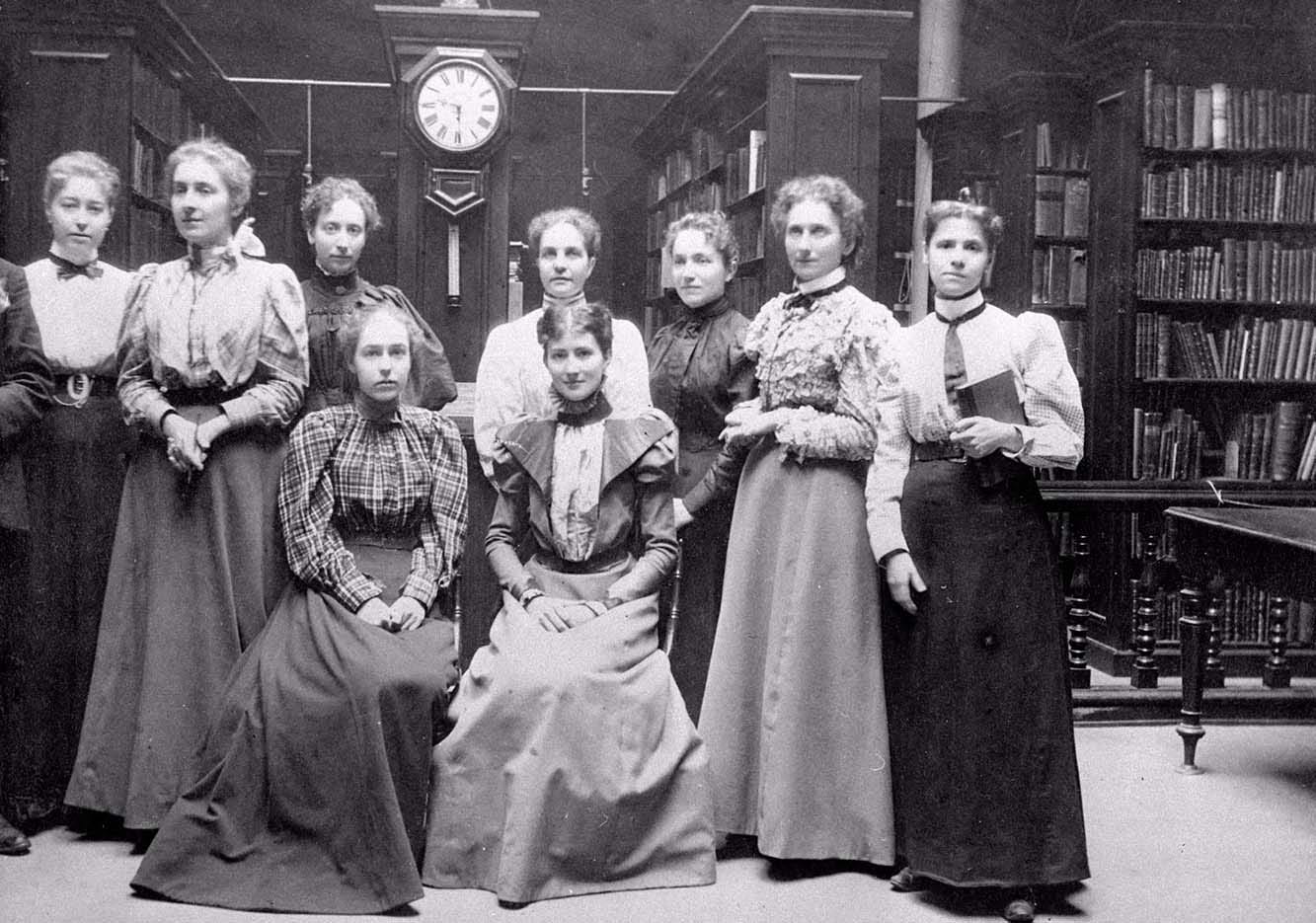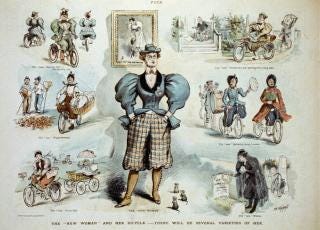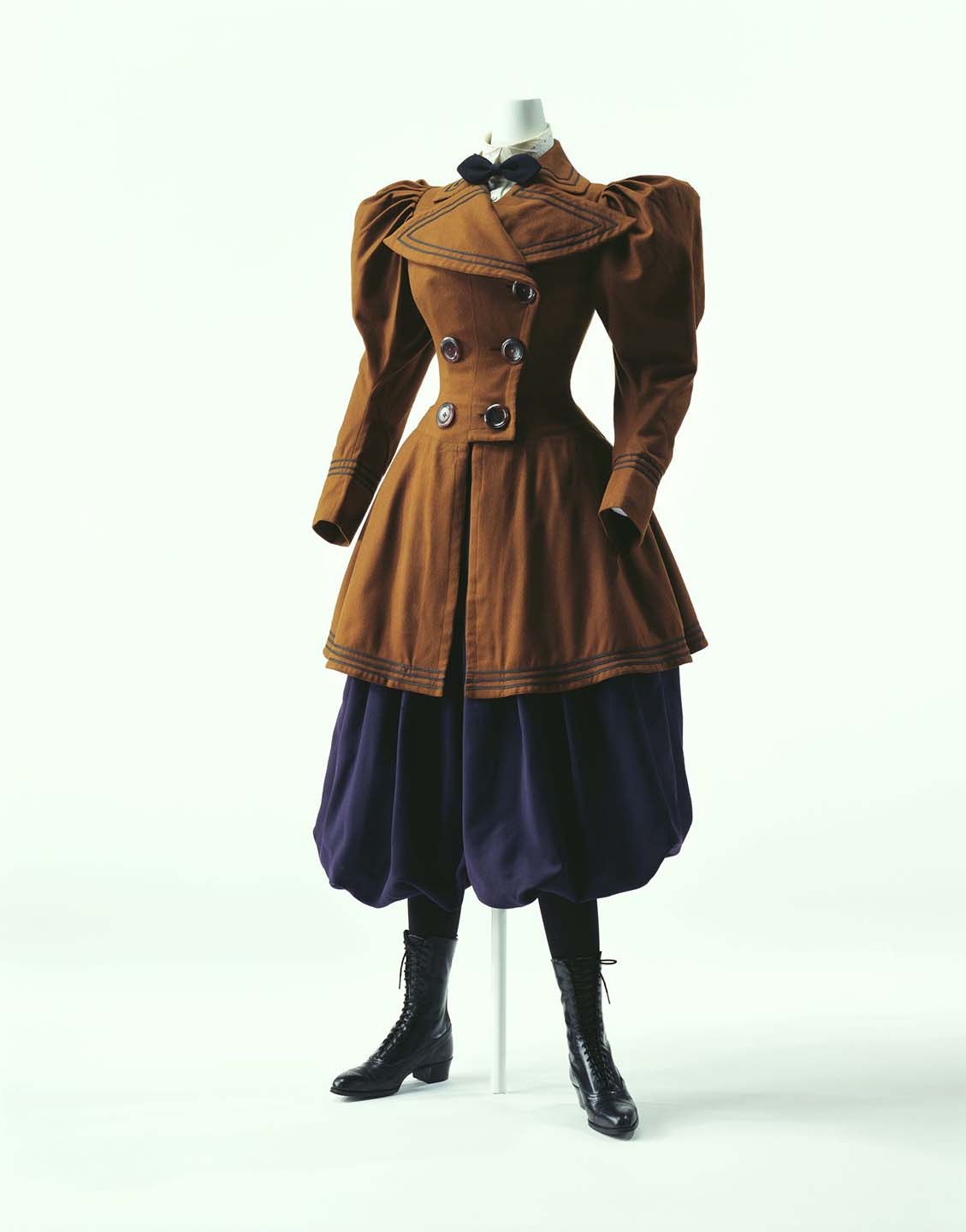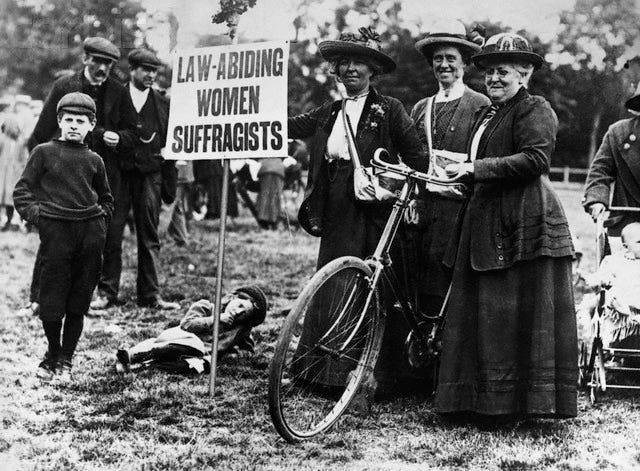How Bicycles Liberated Women
The revolutionary impact bicycles had on women's rights in America
When the bicycle was invented in the 1890s, no one knew the impact it would have on women for generations to come. For the first time in history, women could travel without relying on a man for transportation. Bicycles were easy and cheap, eliminating the need for expensive horse carriages.
How it all began…
The first wave of women’s rights began when the bicycle became popular in the late 1890s. By 1985, the Women’s Christian Temperance Movement leader, Frances Willard, published A Wheel within a Wheel: How I Learned to Ride the Bicycle. Her chronicled journey to learn the bicycle late in life, along with her deteriorating health, encouraged hundreds of others to take the wheel. At the time, women wore very long skirts that were hard to do any physical activity in, and Willis also strongly advocated for fashion that didn’t restrict women so much.
Soon after, women started to ditch the tight corsets and long layered skirts for lighter, divided, or even trousers. Bicycle riding embodied the individuality women strived for with the suffrage movement.
It gave them transportation and clothing that gave them freedom.
The “New Woman”
Bicycles began symbolizing the “New Woman” of the late 19th century. The Progressive Era was a time of significant social and cultural change for the nation. In 1895, at age 80, suffragist leader Elizabeth Cady Stanton stated,
"The bicycle will inspire women with greater courage, self-respect, and self-reliance..."
Women could finally become entirely self-reliant, often for the first time, encouraging them to be more courageous in other areas, like demanding voting rights. Bicycles helped lay the foundation for later movements that called for universal rights.
The majority of women in the women’s suffrage movement were bicycle riders. Bicycles increased women's awareness of the public climate and allowed them to socialise freely, which led to extensive organizing.
Women’s rights activist, Susan B. Anthony, said it best:
Let me tell you what I think of bicycling. I think it has done more to emancipate women than anything else in the world. It gives women a feeling of freedom and self-reliance. I stand and rejoice every time I see a woman ride by on a wheel — the picture of free, untrammeled womanhood.
The most notable accomplishment of the women suffragists was the 19th Amendment to the U.S. Constitution, which guaranteed women the right to vote and set the foundation for democracy and equality in the United States.
In conclusion…
The bicycle played a pivotal role in shaping the women’s rights movement. Offering women the freedom to travel independently ignited a cultural shift that empowered them to challenge societal norms.
The bicycle symbolized physical freedom and embodied the self-reliance and courage that drove women to fight for their rights. As suffragists like Susan B. Anthony and Elizabeth Cady Stanton recognized, the bicycle was a catalyst for broader social change, ultimately contributing to the passage of the 19th Amendment and advancing the cause of equality.
In times like these, we must remember the simple moments in history that sparked human rights progress for generations to come.






